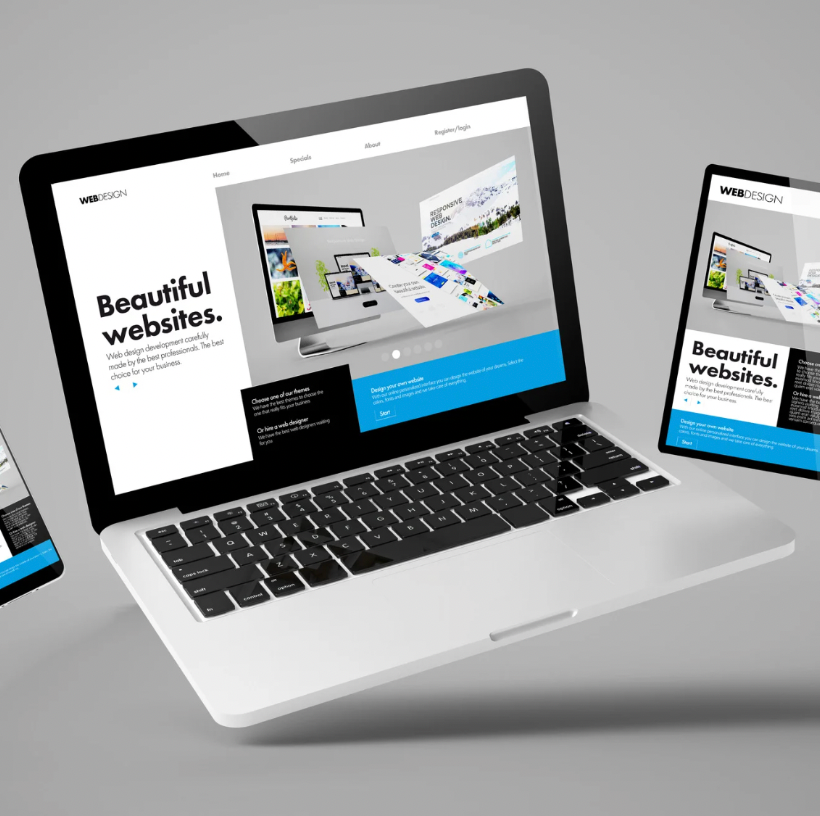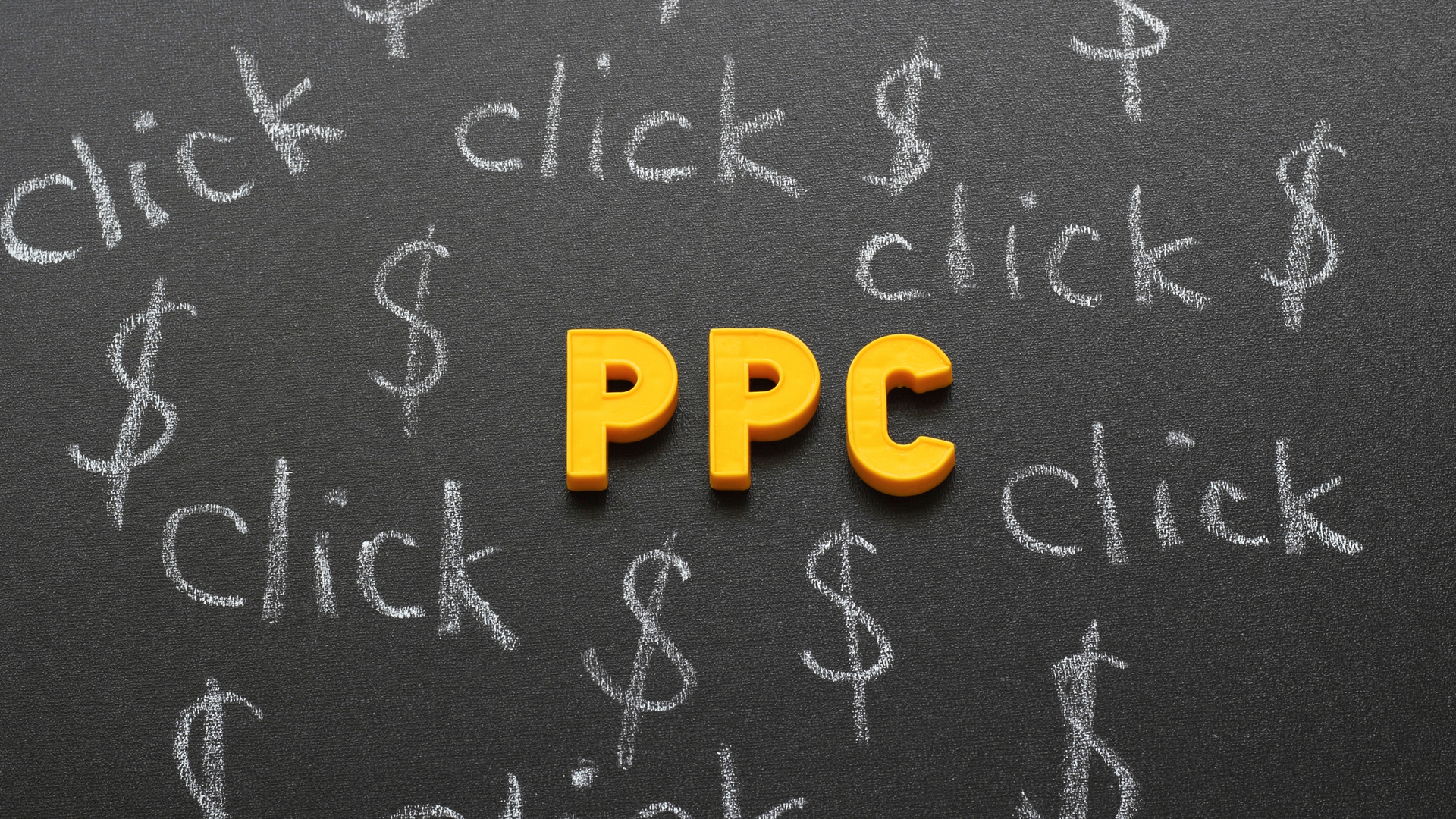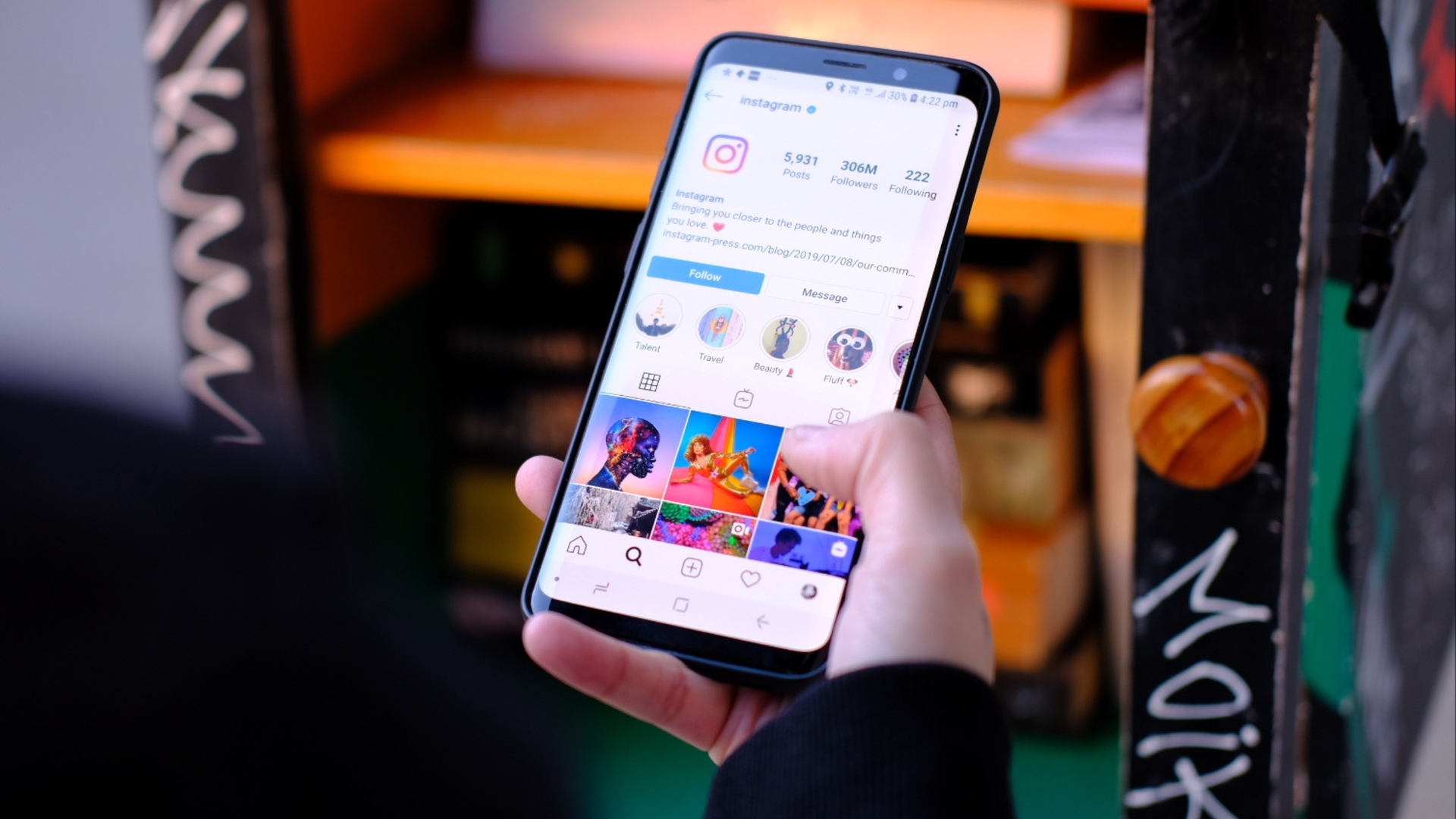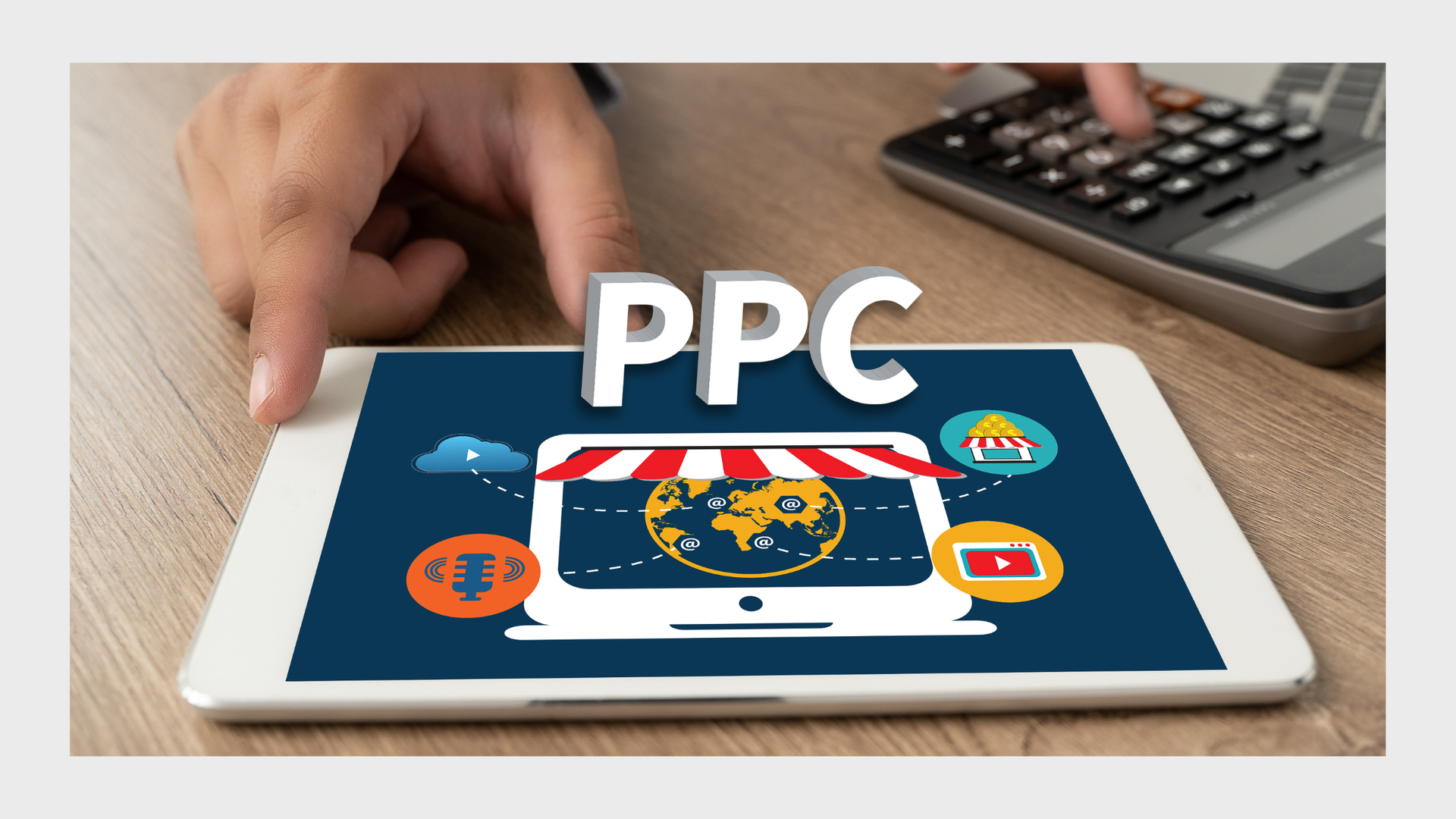How Web Design Helps Business?
A great website design and strong online presence are crucial for thriving businesses and building brand recognition. Your website is often the first point of contact between potential customers and your brand. It serves as your digital storefront, and just like a physical store, its design plays a vital role in attracting and retaining customers, so there is no room for a poorly designed website if you want your business to succeed.
In this blog post, we will explore the profound impact of designing a good website design for your business and how it can be a powerful tool for success in reaching your business goals.

The Visual Appeal of Web Design
The aesthetics of web design important to your website are the first thing website visitors notice. A well-designed website is visually appealing and captures the attention of users immediately. Here's how the visual appeal of a new website contributes to business success:
Brand Identity
Consistent and visually appealing web design helps build and reinforce your brand identity. The colours, typography, and imagery used on your site should align with your brand's message, creating a memorable impression on more visitors.
Credibility
A professional and visually pleasing website instils trust in your audience. Users are more likely to engage with businesses that appear credible and legitimate. A cluttered or outdated design can have the opposite effect, driving potential customers away.
User Engagement
An attractive web design encourages users to easily explore your website and services. The longer they stay, the more likely they are to convert into customers. Engaging design elements like sliders, animations, and interactive features can enhance the user experience.
User Experience (UX) and Usability
User experience is at the core of web development and website design. An excellent user experience ensures that visitors can navigate your website seamlessly and find the information they seek. Here's how UX design impacts businesses:
Reduced Bounce Rate
A user-friendly website keeps bounce rates low. When visitors can easily find what they're looking for, they are less likely to leave your site immediately. This, in turn, increases the chances of conversion.
Improved Conversion Rates
A well-thought-out UX design guides users through the sales funnel. Clear call-to-action buttons, intuitive navigation, and a logical layout make it easier for visitors to take the desired action, such as making a purchase or filling out a contact form.
Mobile Responsiveness
With the growing use of mobile devices, having a responsive web design is essential. A mobile-friendly website design ensures that users have a positive experience regardless of the device they use. This accessibility can lead to increased mobile traffic and conversions.

Accessibility and Inclusivity
Web design should be inclusive and accessible to all users, including those with disabilities. An accessible and good website design should:
A Good Website Expands the Audience
Making your website accessible ensures that it can be used by a wider audience, including individuals with disabilities. This aligns with ethical considerations and opens up new markets, potential customers, and new leads.
Legal Compliance
In many regions, there are legal requirements for web accessibility. Failing to meet these standards can result in legal consequences. A well-designed, accessible website helps businesses avoid legal issues and potential fines.
Positive Reputation
Businesses that prioritise inclusivity and accessibility build a positive brand reputation among customers and stakeholders. This commitment to social responsibility can enhance your brand's image and customer loyalty, helping your business grow.
SEO (search engine optimisation) and Web Design
Search engine optimisation (SEO) web design is important and critical for businesses looking to rank higher in search engine results pages (SERPs). Web design can have a significant impact on SEO in the following ways:
Page Loading Speed
Slow-loading websites can negatively affect your search engine rankings. Fast-loading between different web pages is favoured by search engines, leading to higher rankings. Proper web design practices can improve loading times, such as optimising images and minimising code.
Mobile-Friendliness
Google prioritises mobile-friendly websites in its rankings. A responsive web design improves user experience and positively impacts SEO, leading to higher visibility in mobile search results.
Content Presentation
The way content is presented on your website, such as heading tags, meta descriptions, and image alt text, influences search engine crawlers. A well-structured design can make it easier for search engines to index and understand your content.

Brand Storytelling and Content Presentation
Effective web design goes beyond visual elements and aesthetics; it also plays a role in telling important aspects of your brand's story and presenting content in a compelling way:
Storytelling
Through visual elements, layout, and content placement, web design can convey your brand's story and values. Visitors should leave your website with a clear understanding of what your business stands for and the problems it can solve.
Content Hierarchy
Proper web design organises content in a hierarchical manner, emphasising important information and guiding users through your site. This hierarchy can influence user behaviour, such as reading blog posts or exploring product web pages.
Multimedia Integration
Incorporating multimedia elements like videos and infographics can make your content more engaging and memorable. These elements can help convey complex information in a digestible format.
Building Trust and Credibility
Web design plays a significant role in building brand recognition and build trust and creating credibility with your audience:
Testimonials and Reviews
A well-designed website can prominently feature testimonials and reviews from satisfied customers. This social proof reassures and builds trust in your brand, leading to more conversions.
Security
Users want to know that their information is safe when interacting with your website. A secure design with SSL certificates and clear privacy policies can instil confidence in users.
Contact Information
Providing easy access to contact information, including phone numbers, email addresses, and physical addresses, demonstrates transparency and accessibility, further enhancing credibility.

Analytics and Continuous Improvement
Web design is an ongoing process that involves web designing, analysing user behaviour and making improvements based on data:
Analytics Integration
Integrating analytics tools like Google Analytics into your website allows you to track user behaviour, conversion rates, and other key metrics. This data provides valuable insights for making informed design decisions.
A/B Testing
Web design allows for A/B testing, where you can compare different design elements to determine which performs better. This iterative process leads to improvements in user experience and higher conversion rates over time.
Adaptation to Trends
The digital landscape is constantly evolving, and web design must adapt to current trends and user preferences. Staying up-to-date with design trends ensures that your website remains relevant and effective.
Find The Best Web Designers For Your Website Today!
In today's competitive business landscape, web design elements are not just about aesthetics; it's a strategic tool that can make or break your online success. A well-designed website can enhance your brand's identity, improve user experience, boost SEO rankings, and foster trust and credibility.
By prioritising web design, businesses can tap into the vast potential of the digital world and create lasting connections with their target audience. Whether you're a small startup or an established enterprise, investing in good web design now is an investment in your future success.
So, get in contact with Social Media Time and watch as your website becomes a powerful asset for your business's growth.










